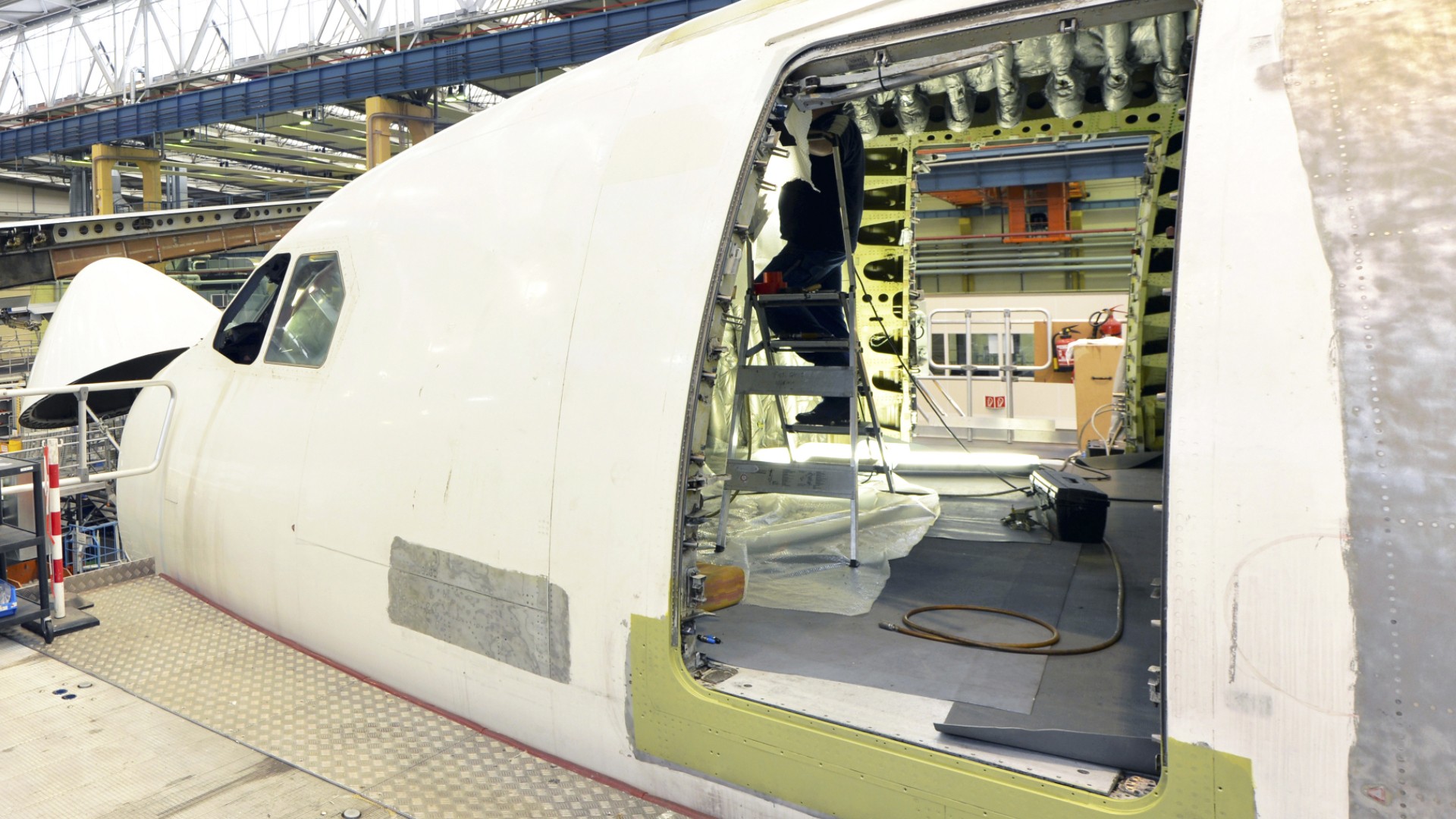Timing Device Assemblers & Adjusters
Calibration Specialist, Clockmaker, Watch Technician, Watchmaker
 Select a military branch to see samples.
No similar titles were found.
No similar titles were found.
No similar titles were found.
No similar titles were found.
Select a military branch to see samples.
No similar titles were found.
No similar titles were found.
No similar titles were found.
No similar titles were found.
Electronics Technician, Submarine, Navigation; WSN-2 Stabilized Gyrocompass Technician
No similar titles were found.
What they do:
Perform precision assembling or adjusting, within narrow tolerances, of timing devices such as digital clocks or timing devices with electrical or electronic components.
On the job, you would:
- Assemble and install components of timepieces to complete mechanisms, using watchmakers' tools and loupes.
- Observe operation of timepiece parts and subassemblies to determine accuracy of movement, and to diagnose causes of defects.
- Test operation and fit of timepiece parts and subassemblies, using electronic testing equipment, tweezers, watchmakers' tools, and loupes.
Knowledge
Engineering and Technology
- mechanical
Math and Science
- arithmetic, algebra, geometry, calculus, or statistics
Skills
Basic Skills
- keeping track of how well people and/or groups are doing in order to make improvements
Problem Solving
- noticing a problem and figuring out the best way to solve it
Abilities
Hand and Finger Use
- put together small parts with your fingers
- keep your arm or hand steady
Ideas and Logic
- notice when problems happen
- order or arrange things
Personality
People interested in this work like activities that include practical, hands-on problems and solutions.
They do well at jobs that need:
- Cautiousness
- Attention to Detail
- Dependability
- Perseverance
- Achievement Orientation
- Integrity
Technology
You might use software like this on the job:
Office suite software
- Microsoft Office software
Point of sale POS software
- Retail sales software
Analytical or scientific software
- Maplesoft Maple
Education
Education: (rated 2 of 5)
high school diploma/GED
usually needed
usually needed
Explore More
- Electric Motor, Power Tool, & Related Repairers
- Electrical & Electronic Equipment Assemblers
- Electromechanical Equipment Assemblers
- Engine & Other Machine Assemblers
- Watch & Clock Repairers
You might like a career in one of these industries:
See more details at O*NET OnLine about Timing Device Assemblers & Adjusters.





